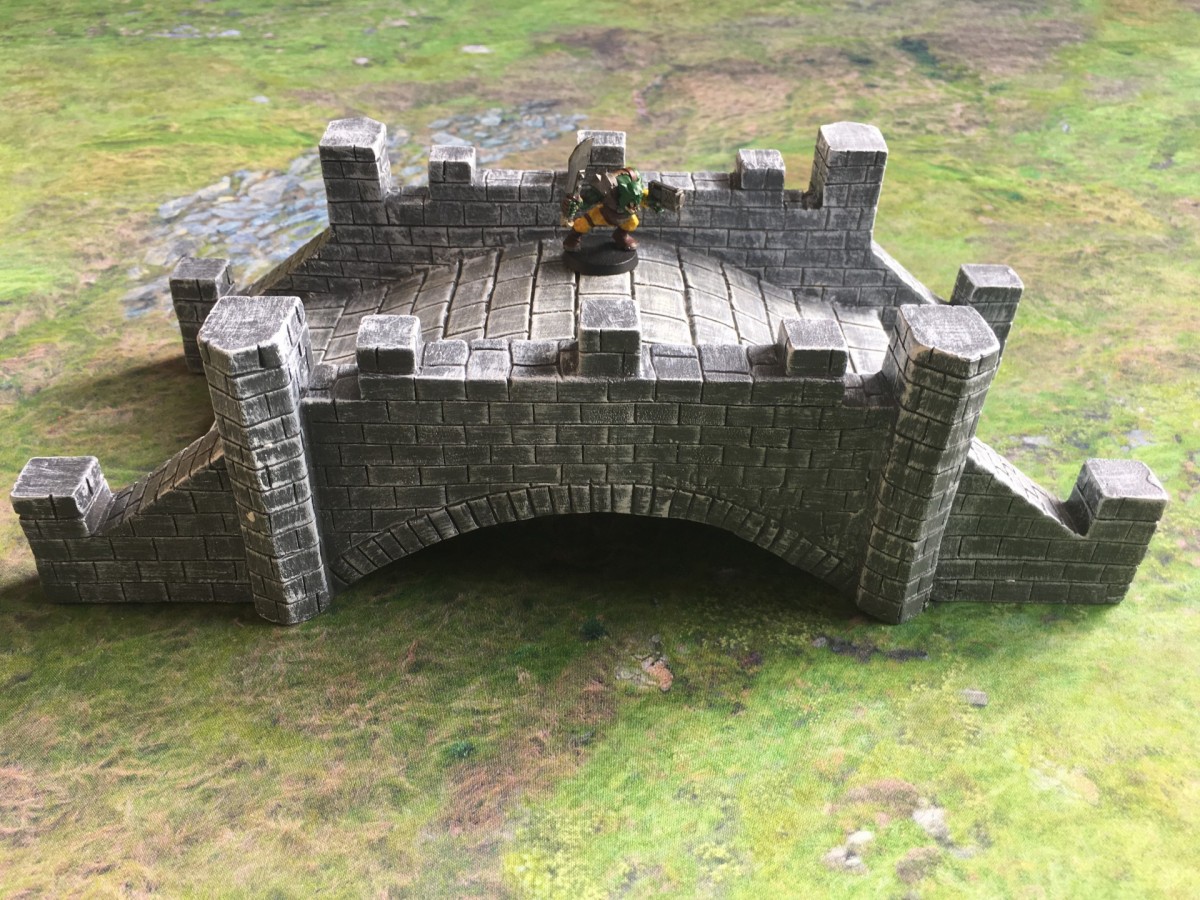
A short-barreled cannon, used in the late medieval period. A large cannon, used in the late medieval period. The legal powers and privileges of a medieval English king. An internal wall cutting across a rectangular keep or similar building. A pattern of openings in the upper part of a parapet a sign of fortification. The gaps in a battlement merlons are the solid sections on each side of a crenel. A projection from a wall, intended to support a weight, for example a wall-walk. A senior officer charged with defending a castle or town. Fortifications designed in concentric rings, enabling mutually supportive and layered defences. Walls constructed from a mixture of soil, straw and water – a traditional approach in some parts of England and Wales. A style of architecture influenced by the ancient Romans and Greek civilisations. A buttress at the corner of a building, so-called because it appears to grip the adjacent walls. A protected wall-walk around the top of a castle’s parapet. An area of land used for hunting, typically within a park. A term for a medieval room, used for living and sleeping. A monastic official responsible for supplies and food. A large stone-throwing siege engine, making use of a counter-weight. A feudal mechanism for supplying soldiers to protect a castle by granting local estates in exchange for the provision of guard forces. The primary castle of a lord who held several estates, typically forming the administrative centre of his possessions.

An external pillar supporting a wall or building. A pantry or similar building storing food and drink. An Anglo-Saxon entrance tower, not necessarily defensive, and symbolic of lordship. A citizen of a medieval town, typically defined by owning a burgage. A plot of land rented out in a medieval town from the local lord, typically containing a house and associated gardens. A earthwork fortification the term was often used in the 16th century. A building used to brew beer, an important medieval staple. A wooden balcony, often temporary, built over the edge of crenellations and providing machicolations. A relatively low, defensive earthwork, typically as high as man’s chest. An ornamental stone feature placed between ribs in vaulting. A heavy pole with an iron head, used to attack the base of a wall. A large cannon, used in the late medieval period, that fired stone balls. Typically a short arrow, fired from a crossbow, although larger versions could be fired from siege engines. A raised, level area of earth forming part of a fortification. A tall wooden tower, which could be moved up against the wall of castle or town in time of siege. A set of defensive features along a parapet, typically including crenellation. A defensive work extending outwards from a wall, typically providing an additional line of fire along the defences.

A fortified, planned town, popular in south-western France. A long, typically naval, cannon, used in the late medieval period.

A style of architecture popular in the late 17th and early 18th century, characterised by its fluid, colourful styles. An outward extension of a gateway, used to provide additional defence in depth. A raised earthwork or stone feature, often accompanied by a ditch. Walls designed with different colours of stone, forming lines, or bands, of colour. A crossbow-shaped siege weapon that fired a large bolt. Used for baking bread, a key part of the medieval diet, and in turn dependent on the local, water-powered mill. In early castle design, baileys were often built alongside mottes. A courtyard that formed part of many castles, also sometimes called a ward. Masonry constructed from carefully finished rectangular pieces of stone. Some arrow-slits were filled in, or blank. Some arcarding was filled in, forming blind or blank arcading. A line of arches and supportive columns, used to decorate walls. A chamber used for the giving of alms to the poor.

A B C D E F G H I J K L M N O P Q R S T U V W X Y Z A Almonry. This page provides descriptions of of many of these, and other terms used in these articles. There were numerous common and specialist terms used in the medieval period to describe aspects of everyday life or architecture.


 0 kommentar(er)
0 kommentar(er)
